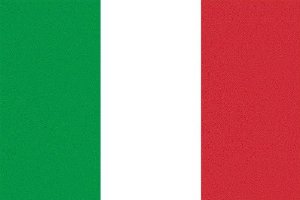Lithuania: Declaration of patent invalidity and recognition of the ownership rights to the patent, Court of Appeal of Lithuania, e2A-519-823/2016, 7 July 2016
In relation to a dispute concerning the novelty of one invention, the Court held that testing a new product in a special laboratory under contract is not public as such. The testing process and its results are not usually available to third parties, so it cannot be equated to disclosure of information about the product…

